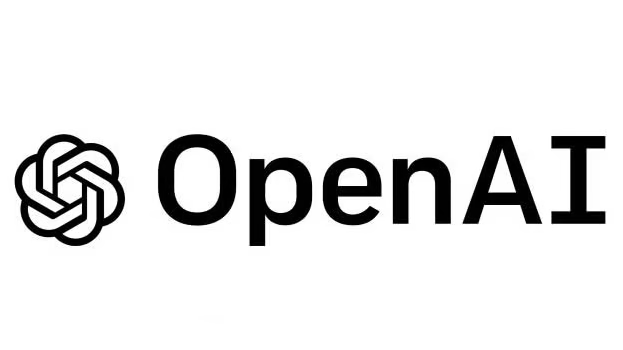After years of speculation and anticipation, Nintendo has officially lifted the curtain on its next-generation console, widely referred to as the Nintendo Switch 2. The reveal, delivered through a dedicated digital presentation, focused on the significant technological advancements powering the new hardware while confirming a crucial feature for existing fans: backward compatibility with the vast library of original Nintendo Switch games. This strategy aims to bridge the gap between console generations, offering a compelling upgrade path for current Switch owners and attracting new players with enhanced performance and capabilities.
The core of the presentation centered on the internal architecture of the Switch 2. While Nintendo historically avoids engaging in raw specification wars, the company emphasized a substantial leap in processing power, graphics fidelity, and overall performance compared to its predecessor. Reports and analysis suggest the new console utilizes a custom Nvidia system-on-a-chip (SoC), likely based on a more recent architecture than the original Switch’s Tegra X1. This upgrade is expected to enable higher resolutions, more stable frame rates, faster loading times, and support for more demanding graphical effects, potentially bringing experiences closer to those found on current home consoles from Sony and Microsoft, albeit still within a hybrid portable/docked form factor.
Details regarding the display technology were also highlighted. While specifics might vary between potential models (similar to the original Switch and Switch OLED), improvements in screen resolution, color accuracy, and potentially refresh rate are anticipated for the handheld mode. The integration of newer display technologies could significantly enhance the visual experience during portable play. Furthermore, refinements to the iconic Joy-Con controllers, potentially addressing long-standing concerns like analog stick drift while possibly incorporating new features or improved ergonomics, were hinted at, though detailed specifics may await future showcases.
Perhaps the most significant announcement for the existing user base was the confirmation of backward compatibility. The Switch 2 will reportedly be capable of playing physical cartridges and downloaded digital titles from the original Nintendo Switch library. This move is strategically vital, ensuring that the massive investment players have made in Switch games is not lost and providing a seamless transition. It instantly gives the Switch 2 access to a mature and beloved catalog of thousands of games, mitigating the launch-window software drought that can plague new console releases. Nintendo also indicated that Nintendo Switch Online memberships and associated cloud saves would likely carry over, further smoothing the transition.
While the reveal generated excitement, key details such as the final official name, precise launch date (though likely within the next fiscal year), and pricing structure remain under wraps, likely reserved for future announcements closer to release. The presentation focused on establishing the technological vision and reassuring the existing player base. The promise of a more powerful hybrid console that retains the flexibility of the original Switch while offering backward compatibility positions the Switch 2 as a potentially strong successor in the competitive gaming market. Nintendo aims to build upon the phenomenal success of the Switch by refining its unique hybrid concept with significantly upgraded technology, ensuring its relevance for years to come.
Source: Digital Trends

